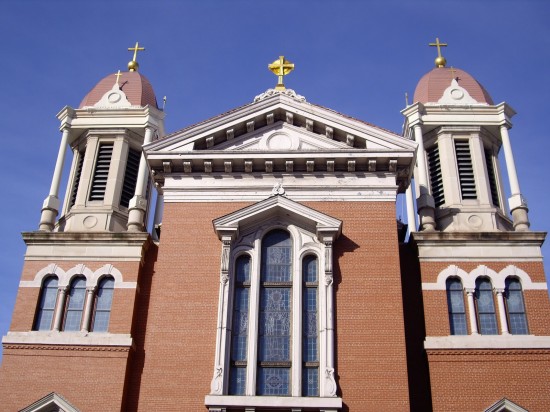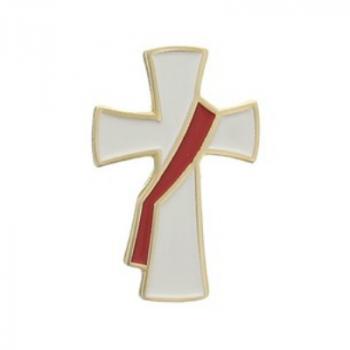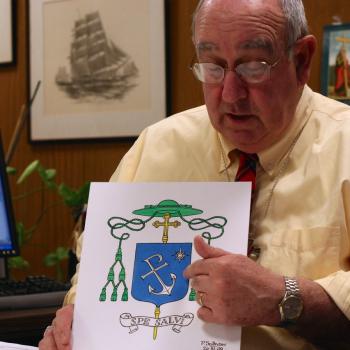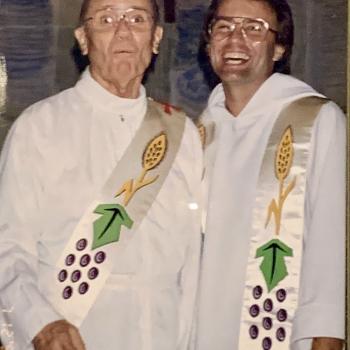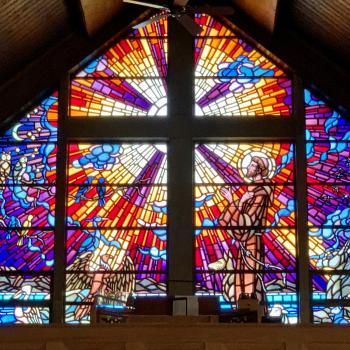They’ll be making a little bit of history in Scranton, Pennsylvania this weekend (my father’s home diocese, btw), and it’s attracted the attention of the local press:
It hasn’t happened locally in six years, didn’t happen at all around here before 1993, and likely won’t happen again until 2016. So what, exactly, is almost as rare as a total Asolar eclipse over the Keystone State?
The Diocese of Scranton ordination of permanent deacons, occurring in St. Peter’s Cathedral in Scranton this morning. Seven men, including three from Luzerne County, will become part of a religious order that, in the Roman Catholic Church, disappeared in the Middle Ages and didn’t return until Pope Paul VI reinstated it in 1967.
At first blush, “deacon” sounds like a compromise. They can read the Gospel at Mass and sermonize, but cannot celebrate a Mass. They can preside over baptisms, marriages and funerals, but not other sacraments. They can be married, but cannot remarry if their wives die after ordination.
But defining deacons by comparing them to priests is misleading, Diocesan Director of Formation Monsignor David Bohr warned.
“We don’t talk of what they can or cannot do. We don’t want to diminish the order,” Bohr said. “It is not a subgroup of, or a bridge to, priesthood, and they shouldn’t be compared to priests.”
Deacons are another ordained order of religious service; how they serve is the difference, not who they serve or why. Like priests, they are ordained for life.
They undergo roughly one third the training a priest does – about 1,000 hours compared to 3,000 – with a crucial difference: it’s all part-time, done on evenings and weekends, rather than full-time while residing in a seminary.
Walks of life
“Deacons are lawyers, carpenters, computer technicians, whatever,” Bohr said. The average age for a man being ordained as a priest is around 34. Bohr said the average age for newly ordained deacon in the United States is 62; worldwide, it’s 41.
“It seems that here they tend to raise a family and move toward retirement before becoming deacons,” Bohr noted
Like priests, when asked why they decided to join the order, the soon-to-be deacons don’t speak of a sudden epiphany, but of a subtle “calling.”
“I always had great admiration of the priesthood and the Catholic Mass. I was always active, starting as an altar server,” Maurice Cerasaro of Hazle Township explained. “One day I just felt I was being called to something. I didn’t know what it was. The deacon of our parish asked if I was interested in becoming a deacon – not right then, but in two years. I thought, well I’ll apply, and if I get accepted I’ll take that as a yes from God, and if I’m not accepted, I’ll take it as a no from God.”
Cerasaro found himself job-hunting in the midst of his diaconate training when the Freeland plant he had worked in most of his life closed. Add the long drive to Scranton for his training, and the commitment to become a deacon starts to look pretty impressive.
“It wasn’t easy. You’re working, you’re trying to raise a family, you’re studying,” Cerasaro said. “You give up a lot.”
There’s much more at the link.

